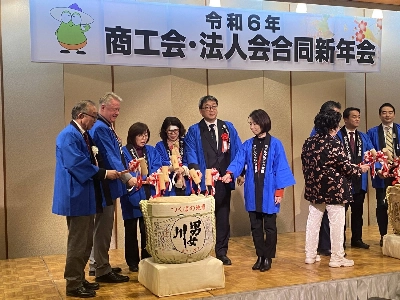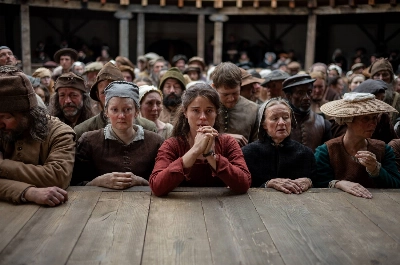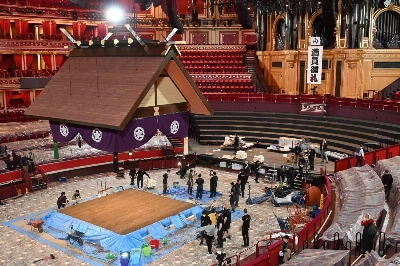
Meta
Stephen Mansfield
Photojournalist and author Stephen Mansfield's work has appeared in over 70 publications worldwide, on subjects ranging from conflict in the Middle East to cultural analysis, interviews and book reviews. A longtime Japan Times contributor, his latest book is "Japan's Master Gardens: Lessons in Space & Environment."
Nov 29, 2000
Oct 25, 2000
Oct 24, 2000
Oct 11, 2000
Sep 13, 2000
Aug 30, 2000
Aug 30, 2000
Aug 23, 2000
Jun 21, 2000
May 3, 2000
May 13, 1999
Mar 17, 1999
Mar 3, 1999















